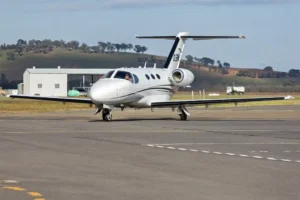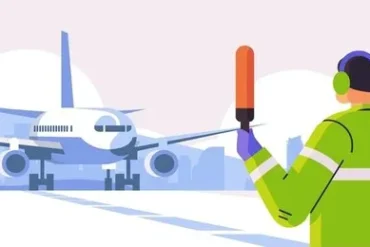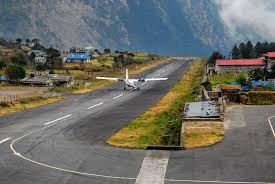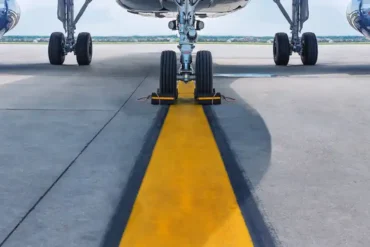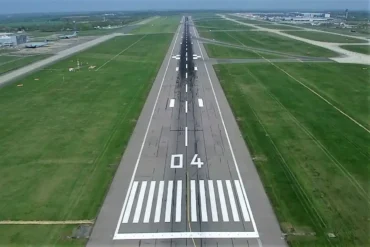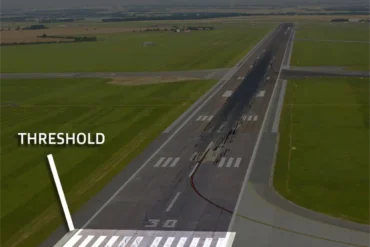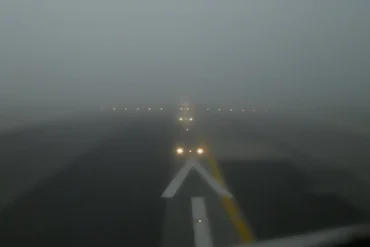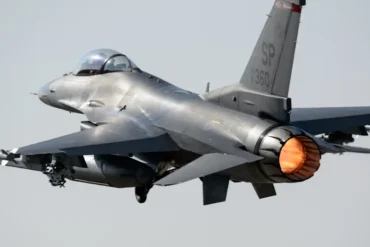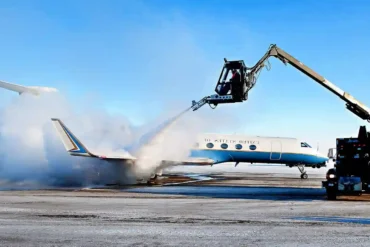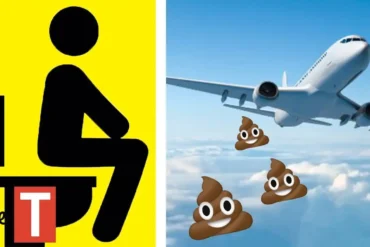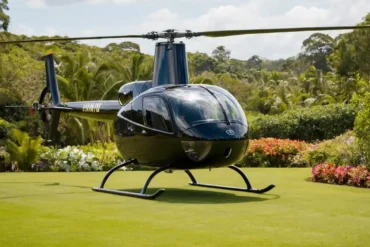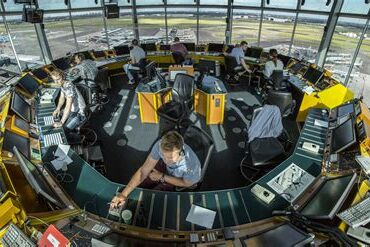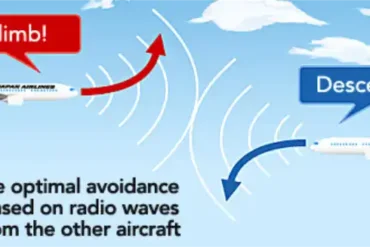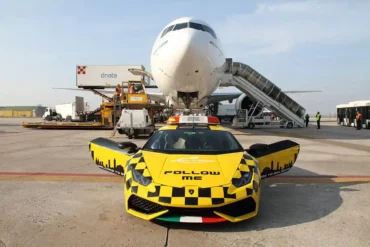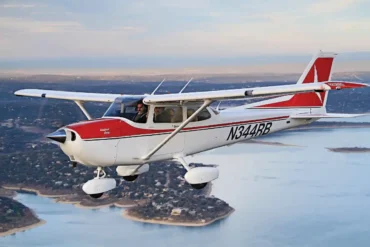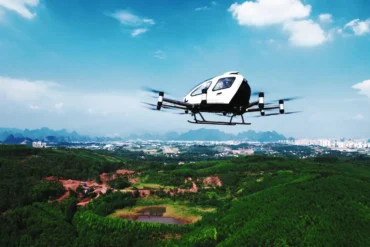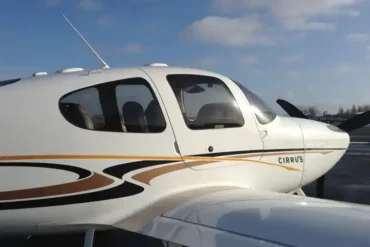Overview
- Guiding a plane on the ground involves various methods, tailored to different aircraft types.
- The rudder helps rotate the aircraft around the vertical axis.
- Other techniques include differential braking, thrust control, and tiller steering.
Aircraft, both gigantic and small, showcase amazing engineering, offering quick and safe travel. Lots of testing happens before an aircraft gets approval for passenger flights, keeping us secure when we fly. But before taking to the skies, how does a plane gracefully move around on the ground?
The Initial Movement
As a plane leaves the airport gate, a coordinated dance unfolds with the pilots, a tug driver, and wing walkers. While reverse thrust is an option, it’s more common for a powerful tug vehicle to start the backward movement. Effective hand signals are key during this process to ensure proper alignment, guiding the nose where the pilots want.
Taxiing Procedure
When a plane is ready to roll toward the runway, pilots have various tools for steering. The choice depends on the aircraft type, whether it’s a small propeller plane, a massive airliner, or a nimble fighter jet, each built for different purposes.
Attached to the tail fins, the rudder is a pivotal control surface that enables rotating around the vertical axis. Much like steering a car, the rudder is invaluable, with some aircraft relying mostly on this mechanism.
Differential braking and thrust involve applying specific actions to one side of the aircraft to influence its direction. Differential braking works well for tricycle-style landing gear, with independently operable brakes on each side. Used cautiously at low or idle thrust to prevent brake wear, it helps execute turns around the plane’s normal axis.
Differential thrust, suitable for aircraft with wing-mounted engines on both sides like twin-engine piston or turboprop planes, lets the pilot steer by applying more thrust to one engine.
Some business jets and propeller planes use “nose wheel steering,” linking the nose wheel to the rudder pedals. In contrast, planes with a rotatable nose wheel not directly connected to the pedals may rely on differential braking to get moving.
Large commercial aircraft use tiller steering, a small wheel called the tiller, to control the nose direction while moving forward. This ensures smooth, controlled turns, even in tight taxiway spaces. Airlines often limit tiller usage, imposing restrictions at higher ground speeds.
For fighter jets and some civilian planes, thrust vectoring comes into play—a method that lets pilots adjust engine nozzles, changing exhaust direction for ground and air maneuvering. This is indispensable for tight turns and quick direction changes.
